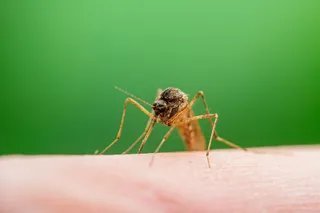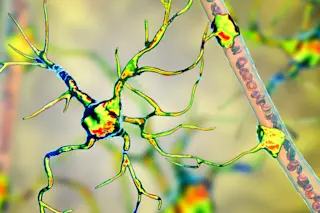Deanna Minich commonly preaches the power of a plant-based diet. Much of her research as a nutrition scientist at the University of Western States revolves around the benefits of fruits and vegetables, particularly since the vast majority of Americans don’t eat the recommended amounts.
But such work isn’t necessarily straightforward: Minich has commonly encountered questions from both academics and lay audiences about anti-nutrients, compounds found in plants that can meddle with the absorption of nutrients into the bloodstream.
While they may not sound particularly helpful to us humans, anti-nutrients evolved to protect flora from surrounding threats like insects and bacteria. “Considering that there is a plethora of strong clinical data to support eating fruits and vegetables and associated risk reduction of chronic disease, I found it unusual to be thinking that there could be something detrimental about eating these foods,” she says.
Hoping to provide a satisfying answer on the ...














